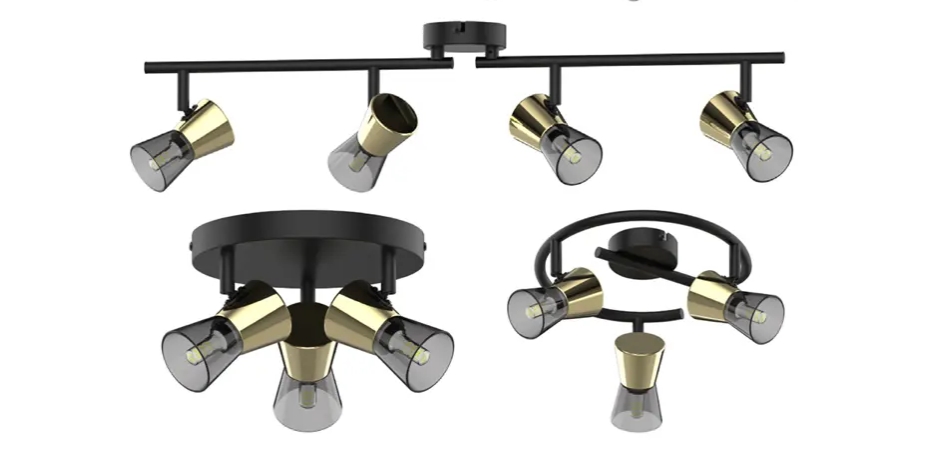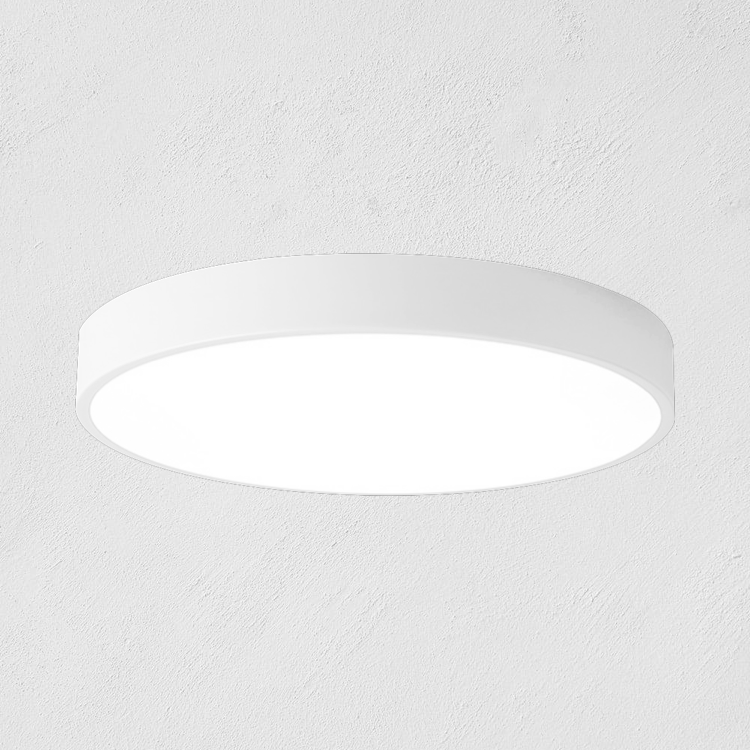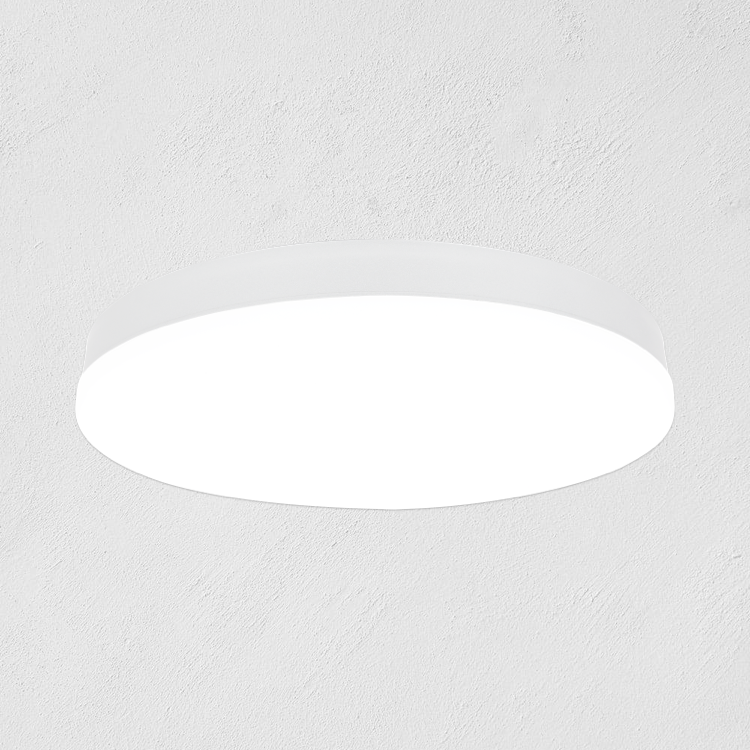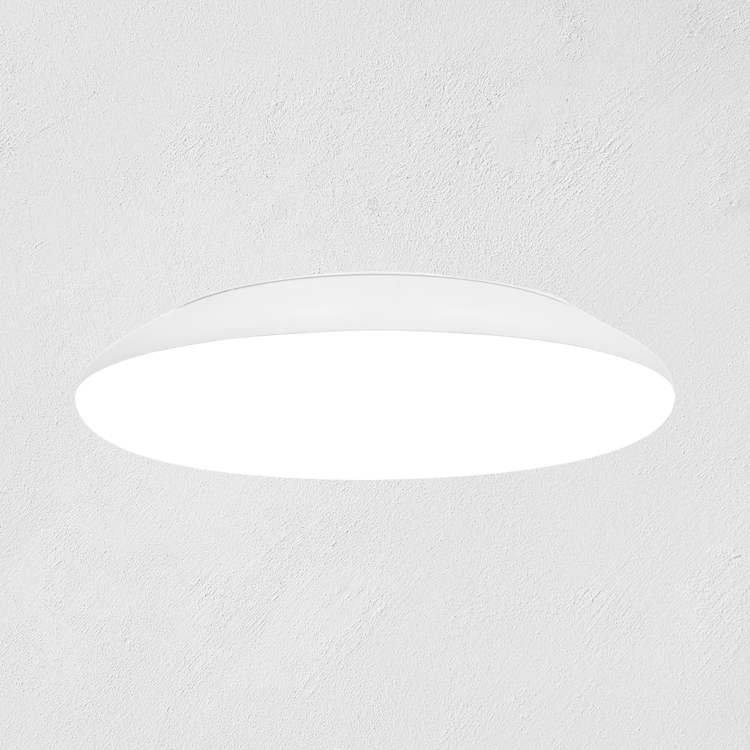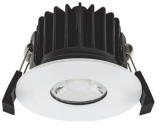Ceiling spot lights play a crucial role in interior design, providing both functional illumination and aesthetic appeal to a space. Proper placement of these lights can greatly enhance the ambiance and functionality of a room. Whether you're designing a new space or updating an existing one, understanding the principles of ceiling spot light placement is essential for achieving the desired lighting effect.
1. Identify the Purpose
Before diving into the ceiling spot light placement, it's essential to determine the primary purpose of the lighting. Are you aiming to provide general ambient lighting, accentuate specific features, or create task-oriented illumination? The intended function will influence the number of spot lights needed and their arrangement.
2. Consider Room Layout and Functionality
Understanding how the space will be used helps in strategically placing spot lights for optimal functionality. Evaluate the layout and functionality of the room to determine the areas that require lighting attention. For example, in a living room, you might want to highlight artwork or architectural details, while in a kitchen, task lighting over countertops and workspaces is crucial.
3. Focus on Key Features
Identify key features or focal points within the room that you want to highlight. This could be artwork, architectural elements, furniture pieces, or any other decorative elements. Position spot lights in such a way that they draw attention to these features without overwhelming the rest of the space.
4. Create Balance and Symmetry
Achieving balance and symmetry in lighting distribution is essential for a harmonious look. Avoid placing all the spot lights on one side of the room, as it can create uneven lighting and visual discomfort. Instead, distribute the lights evenly across the space to ensure uniform illumination.
5. Mind the Ceiling Height
The height of the ceiling plays a significant role in determining the ceiling spot light placement. For higher ceilings, recessed spot lights can be installed to provide ample overhead lighting without overwhelming the space. Lower ceilings may require surface-mounted spot lights or adjustable fixtures that can be directed as needed.
6. Use Layers of Lighting
Layering different types of lighting—such as ambient, task, and accent lighting—adds depth and dimension to a room. In addition to ceiling spot lights, incorporate other light sources like floor lamps, table lamps, or wall sconces to create a layered lighting scheme that caters to various activities and moods.
7. Pay Attention to Ceiling Spot Light Shadows and Glare
Be mindful of the shadows and glare that spot lights can create. Position the lights at angles that minimize harsh shadows and glare, especially in areas where tasks such as reading or cooking are performed. Using dimmers and adjustable fixtures allows you to control the intensity of the light and mitigate any unwanted effects.
8. Experiment and Adjust
Don't hesitate to experiment with different placement options before finalizing the layout of your ceiling spot lights. Use temporary lighting fixtures or adjustable track lighting to test various configurations and make adjustments as needed. This iterative process ensures that you achieve the desired lighting effect before making permanent installations.
Conclusion
Proper ceiling spot light placement is essential for creating a well-lit, visually appealing environment that meets both functional and aesthetic requirements. By considering factors such as room layout, focal points, ceiling height, and lighting layers, you can design a lighting scheme that enhances the overall ambiance and functionality of your space. With careful planning and attention to detail, you can achieve maximum impact with ceiling spot lights in any residential or commercial setting.


